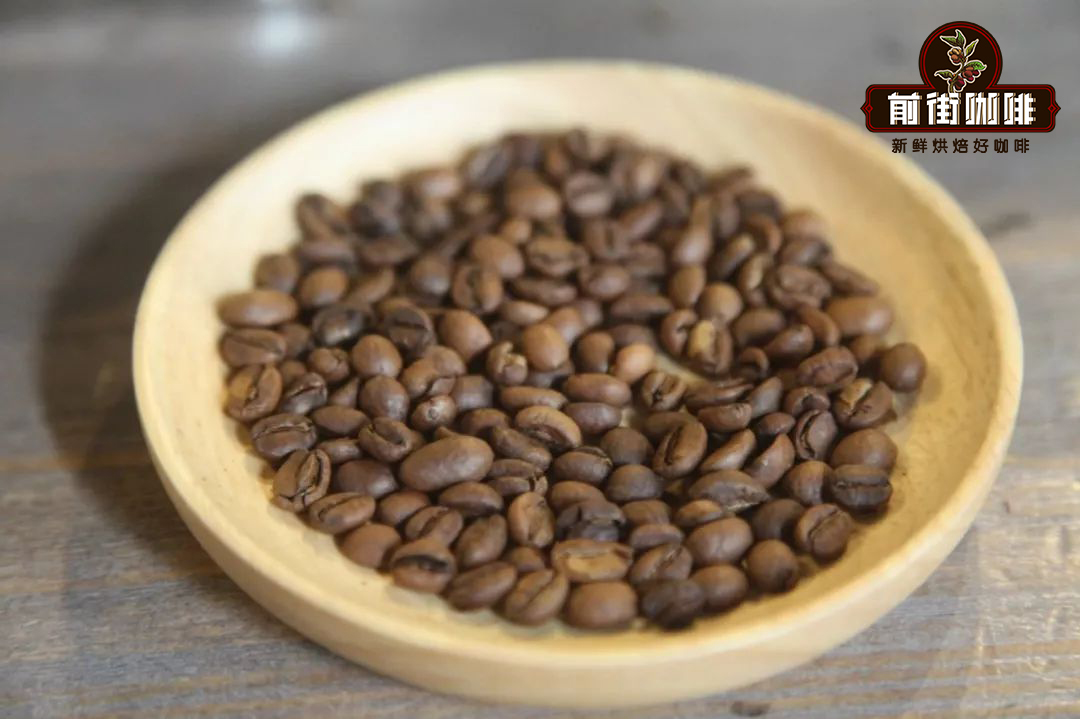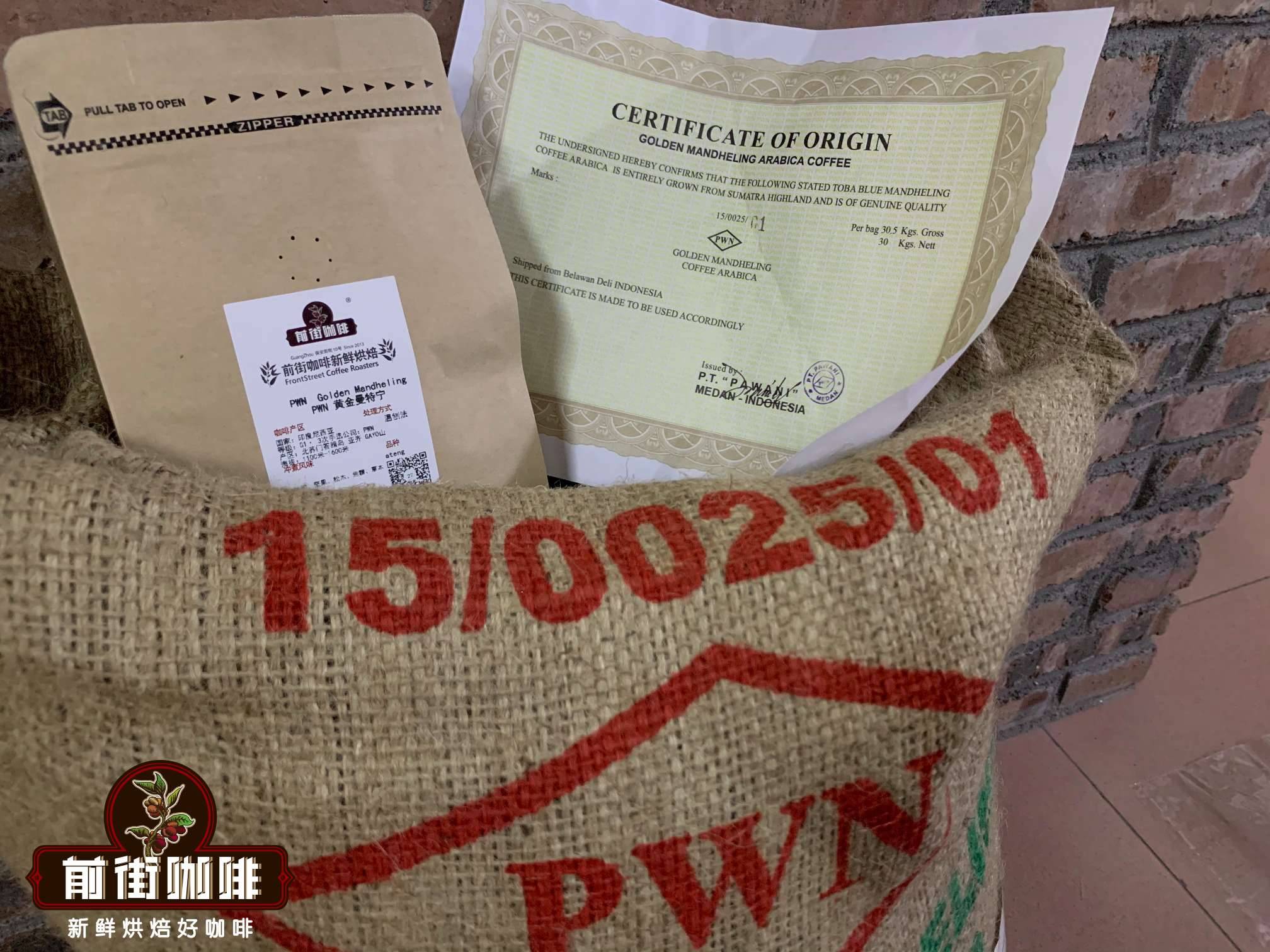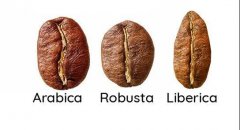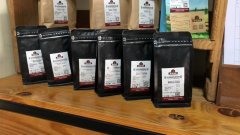Coffee Bean Classification Standard Coffee Bean AA17 What is the judgment of defective beans and ten categories
Each producing country has its own classification and rating charts, which are also often used to set minimum standards for exports.
It has the best flavor. The size and size distribution of coffee beans also have an effect on the optimization of baking conditions.
Coffee beans in coffee-producing countries are often determined by the following factors:

1. Altitude
two。 Area
3. Plant variety
4. Preparation method (wet and dry).
5. The size of the bean (sieve)
6. The shape and color of beans
7. The number of defects
8. Permissible defect
9. Legume density
10. Quality of cup test
Below we provide some examples of coffee classification systems and / or specific grades (and related standards).
And its related standards) to illustrate the nature and diversity of current use.
These examples mainly relate to the bulk coffee trade and do not necessarily reflect a more detailed description of niche and specialty coffee.
Brazil: iron pickup
The raw bean size of Santos NY 2UP3 is 18 | 17 mesh respectively.
The raw bean size of Santos NY 4x5 is 16 | 15 mesh respectively.
Colombia: 1. Classification by defect
Group 1: 8 to 12 defects
Group 2: 35 to 60 defects
2. Commercial raw beans
Supremo:17 screen, high-grade water wash Arabica, usually marked with more details.
Further details.
Excelso:
"Klauss" type: 16.5 sieve for Germany
"Europa" type: France, Spain, Italy use 15 sieve
Ethiopia:
1. Grading according to defective beans
Grade
Number of defective beans (per 300g)
Grade1
≤ 3
Grade2
4-12
Grade3
13-25
Grade4
26-45
Grade5
46-90
2. According to the total score of physical attribute characteristics and cup flavor characteristics, coffee raw beans are divided into nine grades, of which the physical feature score accounts for 40% and the cup test mass fraction accounts for 60%.
Physical characteristics (40%):
Washing treatment: number of defects (20%), appearance size (10%), color (5%), smell (5%)
Non-washing treatment: number of defects (30%), odor (10%)
Grade
Washing / non-washing fraction
Grade1
91-100
Grade2
81-90
Grade3
71-80
Grade4
63-70
Grade5
58-62
Grade6
50-70
Grade7
40-49
Grade8
31-39
Grade9
20-30
Guatemala: strict hard bean coffee (SHB) is grown between 1600 and 1700 meters above sea level.
It belongs to one of the best coffee in the world: full, full taste, acidity and aroma.
One of the best coffee in the world: a full, full-bodied cup with sour taste and aroma
EP means "European reserve", which is 100% above screen 15.
A maximum of 8 defects per 300 grams are allowed (by contrast, the American Reserve is 100% higher than screen 13, 23 defects per 300 grams, but only washed Arabica coffee beans.

India: washed 17-mesh Arabica should be clean PB-free beans, can contain 2% weight of defective beans
Other classification systems are used for non-washed coffee beans.
C ô te d'Ivoire: level 0: pass through sieve 18
Error. Up to 6% lower than sieve 18
Tolerance. The maximum is 1% lower than the number 16 screen.
Level 1: milling on screen 16 through screen 18
Tolerance. Up to 20% higher than sieve 18.
Tolerance. The highest is 6% higher than the 16-size screen.
Tolerance. Less than 14 sieve up to 1%.
Level 2: grind on screen 14 through screen 16
Tolerance. Up to 20% higher than sieve 16.
Tolerance. 6% lower than sieve 14.
Tolerance. It's 1% lower than sieve 12.
Level 3: grind on screen 12 through screen 14
Tolerance. 20% higher than sieve 14.
Tolerance. 6% lower than sieve 12.
Tolerance. It's 1% lower than screen 10.
Grade 4: pass through the No. 12 screen and roll on the No. 10 screen.
Tolerance: 20% higher than sieve 12.
Tolerance: less than 6% of sieve 10.
Indonesia:
Robusta coffee beans classified by defect
Level 1: the maximum total value of defects is 11
Level 2: total defect value between 12 and 25
Level 3: total defect value between 26 and 44
Class 4a: the total value of defects is between 45 and 60
Class 4b: total defect value between 61 and 80
Level 5: total defect value between 81 and 150
Level 6: total defect value between 151 and 225
Kenya:
Washed beans
PB-Dou
AA-17 and 18 = 7.2mm
AB-15 and 16 = 6.6mm
C-14 and 15
E-elephant bean
TT-Light beans separated from AA and AB by airflow
T-light beans separated at C by airflow
UG-ungraded: all products that do not meet the specific standards of each grade.
Japanese style:
MH-Muggles 39 per buni Heavy = beans
ML-Mitchell 39% buni Light = beans
Important Notice :
前街咖啡 FrontStreet Coffee has moved to new addredd:
FrontStreet Coffee Address: 315,Donghua East Road,GuangZhou
Tel:020 38364473
- Prev

Introduction of four kinds of coffee beans and their flavor and taste characteristics comparison of caffeine content in coffee beans
How often do you drink coffee? Have you ever stopped to think about how there are so many different types of coffee beans or where they come from? if you are a coffee lover, take a closer look at the main types of coffee beans on the market with you in order to really appreciate the coffee front street. The four main types of coffee are Arabica coffee, Robusta coffee, Exeza coffee and Liberian coffee.
- Next

How long can the coffee beans stay fresh? how to store the coffee beans? attention should be paid to maintaining its best flavor.
Is there anything better than having a cup of hot fresh coffee first thing in the morning? There is no denying that, for many people, the peak of the day is a delicious cup of coffee, brewed with freshly roasted beans. Although it is easier to make instant coffee, the coffee brewed by hand is more ceremonial and of higher quality. Of course, there are many factors in making coffee at home.
Related
- Detailed explanation of Jadeite planting Land in Panamanian Jadeite Manor introduction to the grading system of Jadeite competitive bidding, Red bid, Green bid and Rose Summer
- Story of Coffee planting in Brenka region of Costa Rica Stonehenge Manor anaerobic heavy honey treatment of flavor mouth
- What's on the barrel of Blue Mountain Coffee beans?
- Can American coffee also pull flowers? How to use hot American style to pull out a good-looking pattern?
- Can you make a cold extract with coffee beans? What is the right proportion for cold-extracted coffee formula?
- Indonesian PWN Gold Mandrine Coffee Origin Features Flavor How to Chong? Mandolin coffee is American.
- A brief introduction to the flavor characteristics of Brazilian yellow bourbon coffee beans
- What is the effect of different water quality on the flavor of cold-extracted coffee? What kind of water is best for brewing coffee?
- Why do you think of Rose Summer whenever you mention Panamanian coffee?
- Introduction to the characteristics of authentic blue mountain coffee bean producing areas? What is the CIB Coffee Authority in Jamaica?

